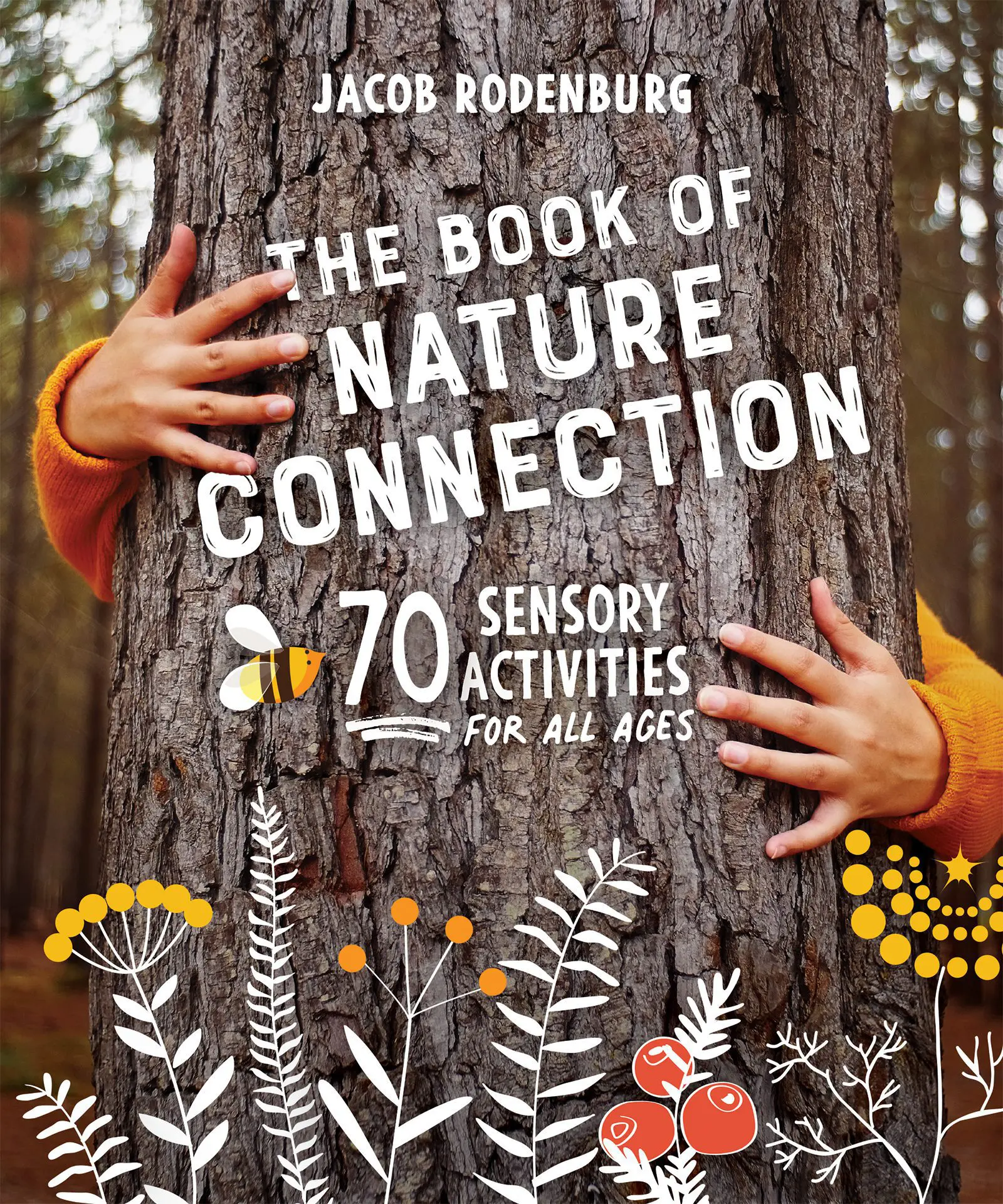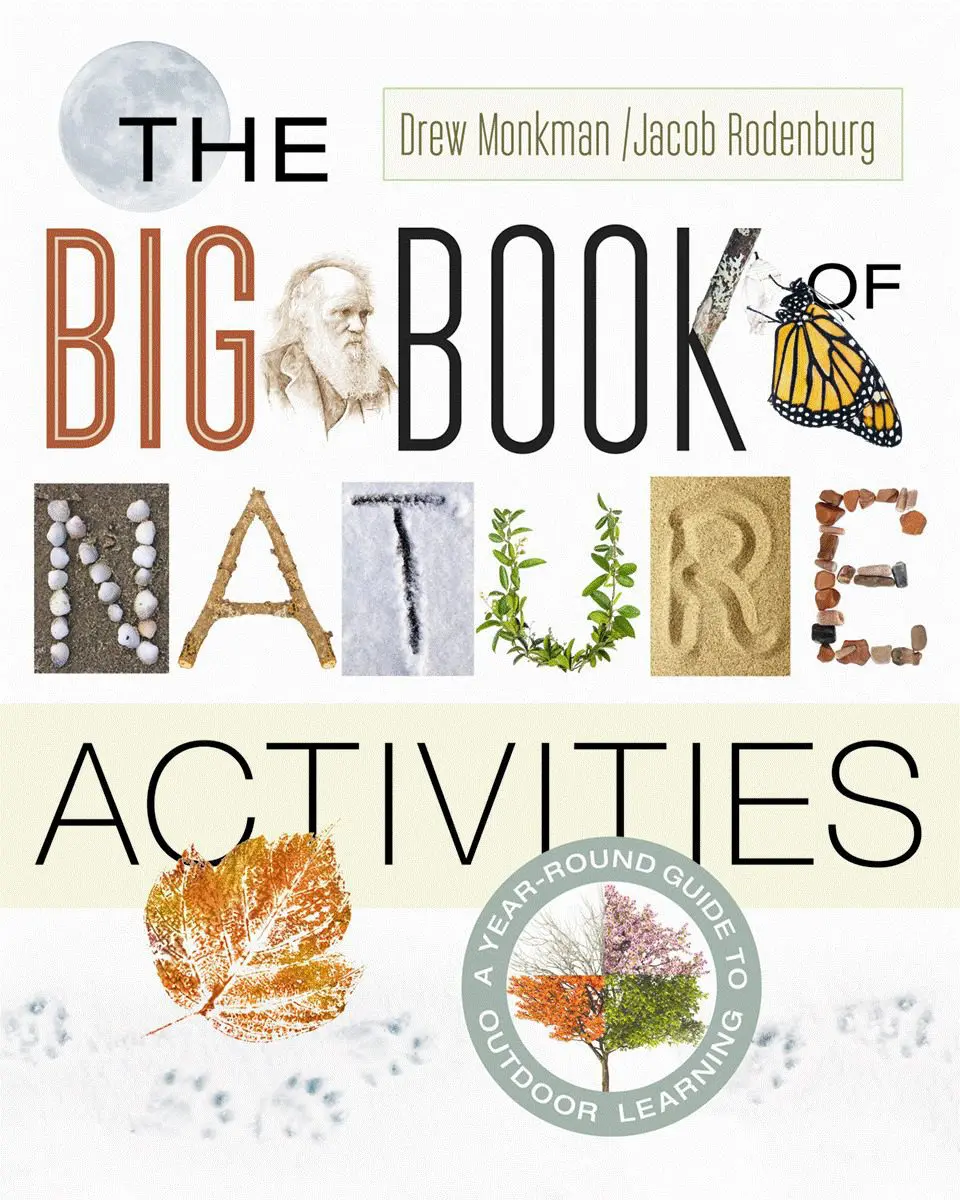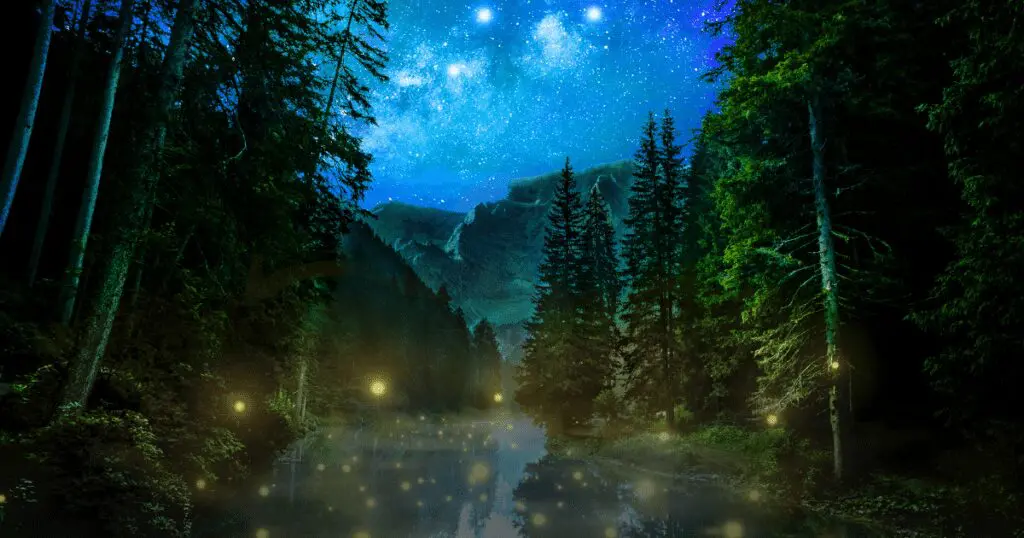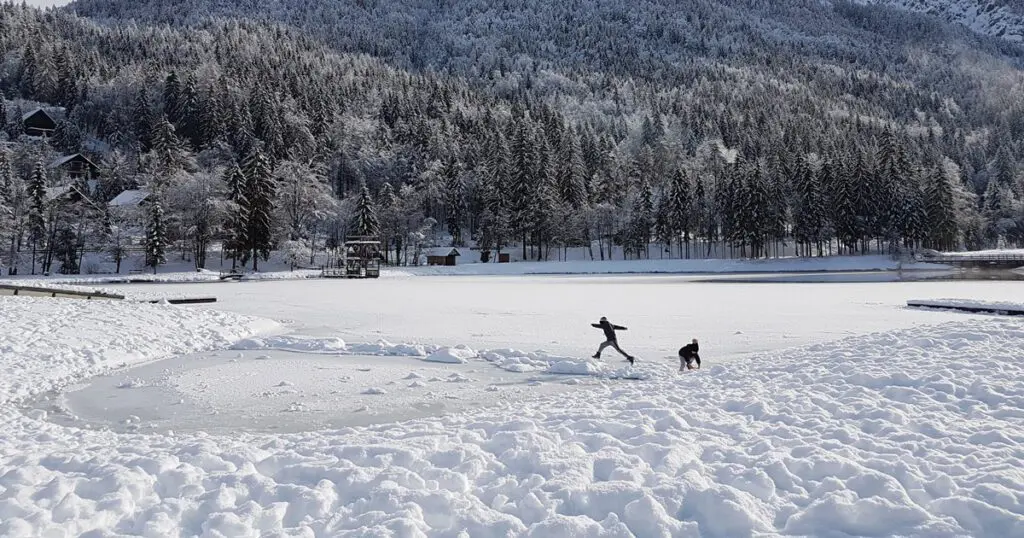
Filled with fun activities for using all of your senses to engage with nature in a deep and nourishing way, The Book of Nature Connection is the perfect book for all those that are looking to reconnect and become a nature sommelier! Today, we wanted to share an excerpt with you from the book that talks about listening to the birds and bird mnemonics.
There are few things more beautiful than the ethereal sound of a wood thrush’s song rising and falling on a mist-filled morning or hearing the call of a loon echoing across a granite-rimmed lake. Each bird species has a unique sound. Birds make vocalizations in a special organ called a syrinx, located deeper in their throat than a human larynx, which can produce quite loud vocalizations for their size. Some birds can even make two sounds at once. For example, a veery can sing in harmony with itself.
There is something so comforting about walking in a forest and being able to recognize the calls and songs of bird species. In a way, you are among friends. Just like hearing a friend’s voice, you become familiar with each unique sound. And you don’t have to see a bird to know that it is there.
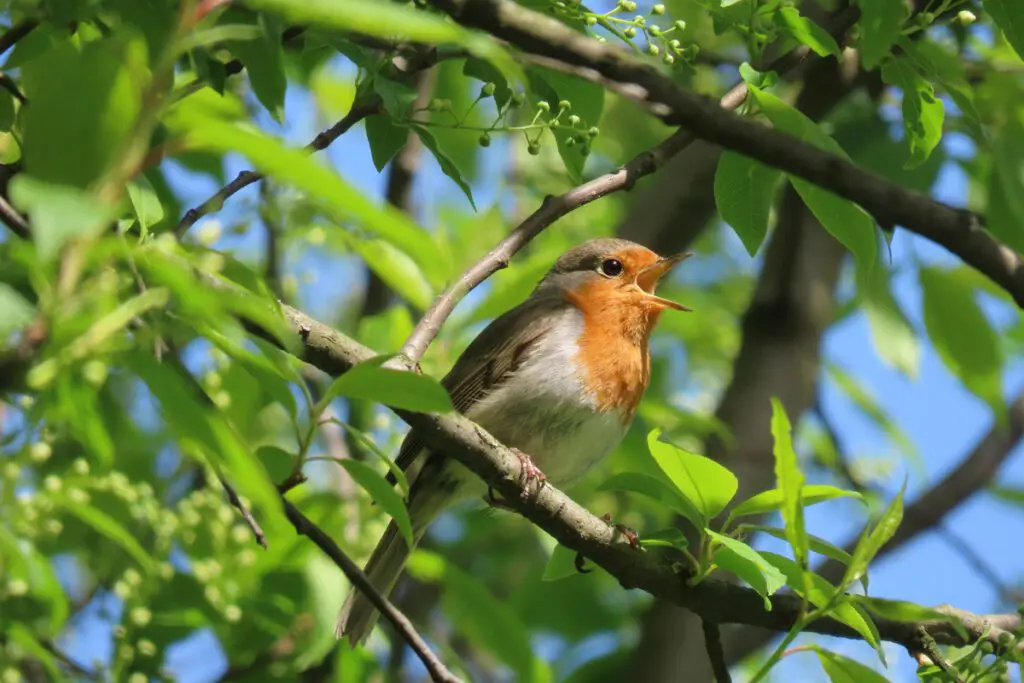
You can get to know your bird vocalizations. To start with, there is a difference between a bird’s song and call. Songs are made in the spring, almost exclusively by males. Translating from Bird to English, songs say: “Hey if you are a girl bird of my kind, I’m over here! Or if you are another male, back off! This is my part of the forest.” Calls, on the other hand, are more about contact and alarm— males and females touching base or uttering a warning that danger is near. The sentinel of the forest, the blue jay often squawks a loud “jay, jay, jay” call if a hawk or an owl is nearby. A black-capped chickadee uses its iconic “chicka-dee-dee-dee” call to stay in touch with its flock during the fall and winter. But its song may be less familiar. In the spring, the male chickadee lifts its beak skyward and lets out a slurred three-syllable whistle that sounds like “Hey sweetie!”
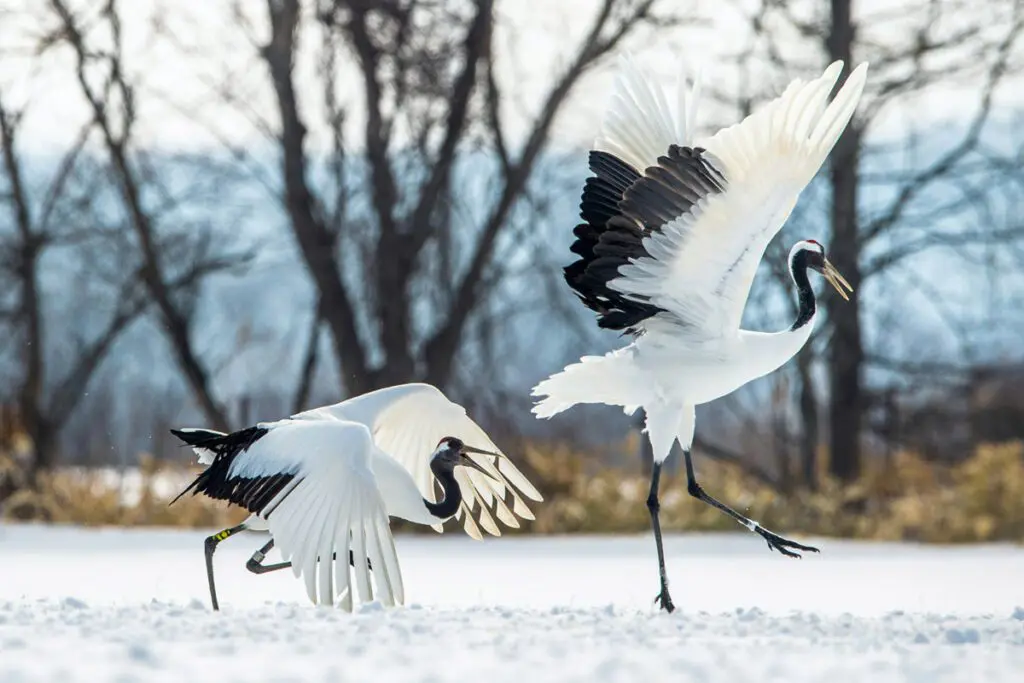
Perhaps this will sound familiar. Does the plaintive sound of a mourning dove sound like “There’s nothing to do”? Or is the northern cardinal reminiscent of “Cheer, cheer, cheer, party, party”? Of course, they are not really saying those things. It is just the rhythm, cadence, and arrangement of notes that bring to mind these sayings. These mnemonic (or memory) devices are simply a handy way for us to recognize these unique songs and calls.
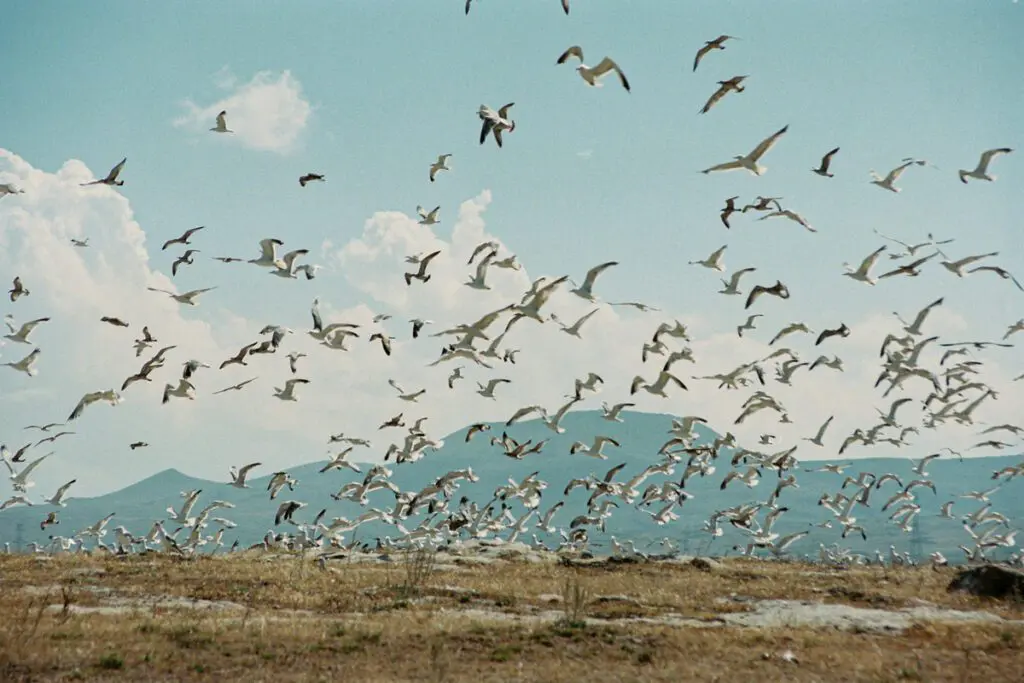
Below you’ll find some tried-and-true mnemonics for common bird species. Bird apps such as Sibley Birds or Larkwire will also help you identify bird calls and songs. Song Sleuth will even help you ID a bird song recorded by your phone. Go out into the forest and, using your cupped ears, really listen. Using a pad and pen, try to develop a saying to help you remember the song or call. You can also use Peterson’s Field Guide to Bird Song to help you learn the vocalizations of a variety of bird species in your area. Bird apps such as Sibley Birds or Larkwire will also help you identify bird calls and songs. Start by learning a dozen or so of the common ones and each spring add a few more to your repertoire.



